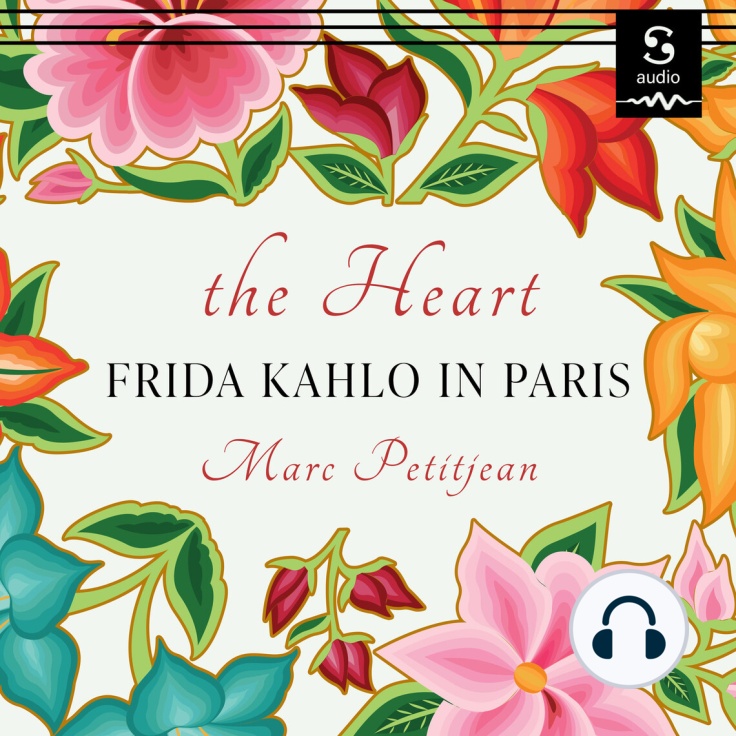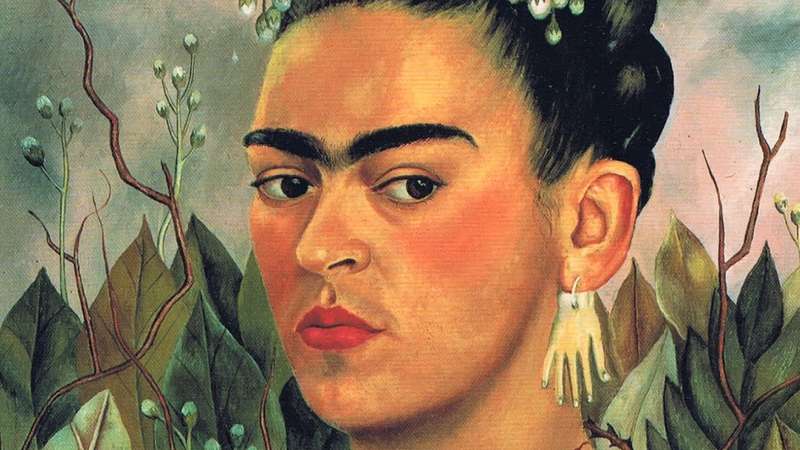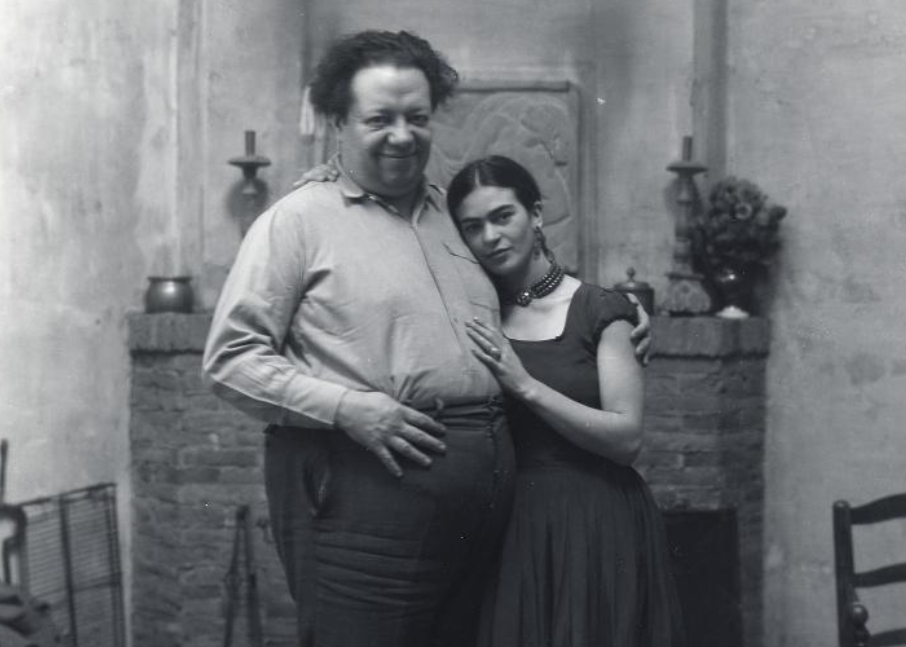“Marc Petitjean grew up in a house where Frida Kahlo’s painting, The Heart, also named Memory, hung on one of the walls. Uncovering the story of how the painting was given by Frida to his father, Michel Petitjean, he unfurls not only a passionate love affair between them in pre-Second-World-War Paris, but also a back story about Frida’s paintings around the time and the intersections between France’s surrealist circles and contemporary politics.”
Enjoying this half invented book with lots of name dropping of French artists in the thirties. Interesting. Here is the art in question 

Listening on Scribd
and reading on Kindle.
So many people! I’ll bring them in and their art as I did with another book Optic Nerve (blog post)
I’ll start with Frida and then Diego Rivera
Frida Kahlo
Frida’s clothes
Location 1265
See this blog post:
https://seaofcurls.wordpress.com/2010/08/04/tehuana-dresses/
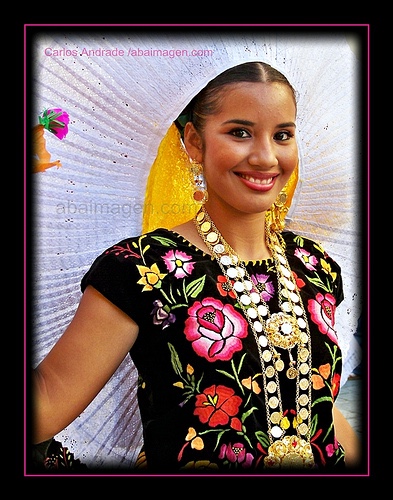
❋
Diego Rivera
Inside Frida Kahlo and Diego Rivera’s Life in San Francisco From KQED. (a podcast!!)
- “An artist is above all a human being, profoundly human to the core. If the artist can’t feel everything that humanity feels, if the artist isn’t capable of loving until he forgets himself and sacrifices himself if necessary, if he won’t put down his magic brush and head the fight against the oppressor, then he isn’t a great artist.””
❋
Marcel Duchamp
❋
André Breton
❋
Robert Desnos
Loc 1257
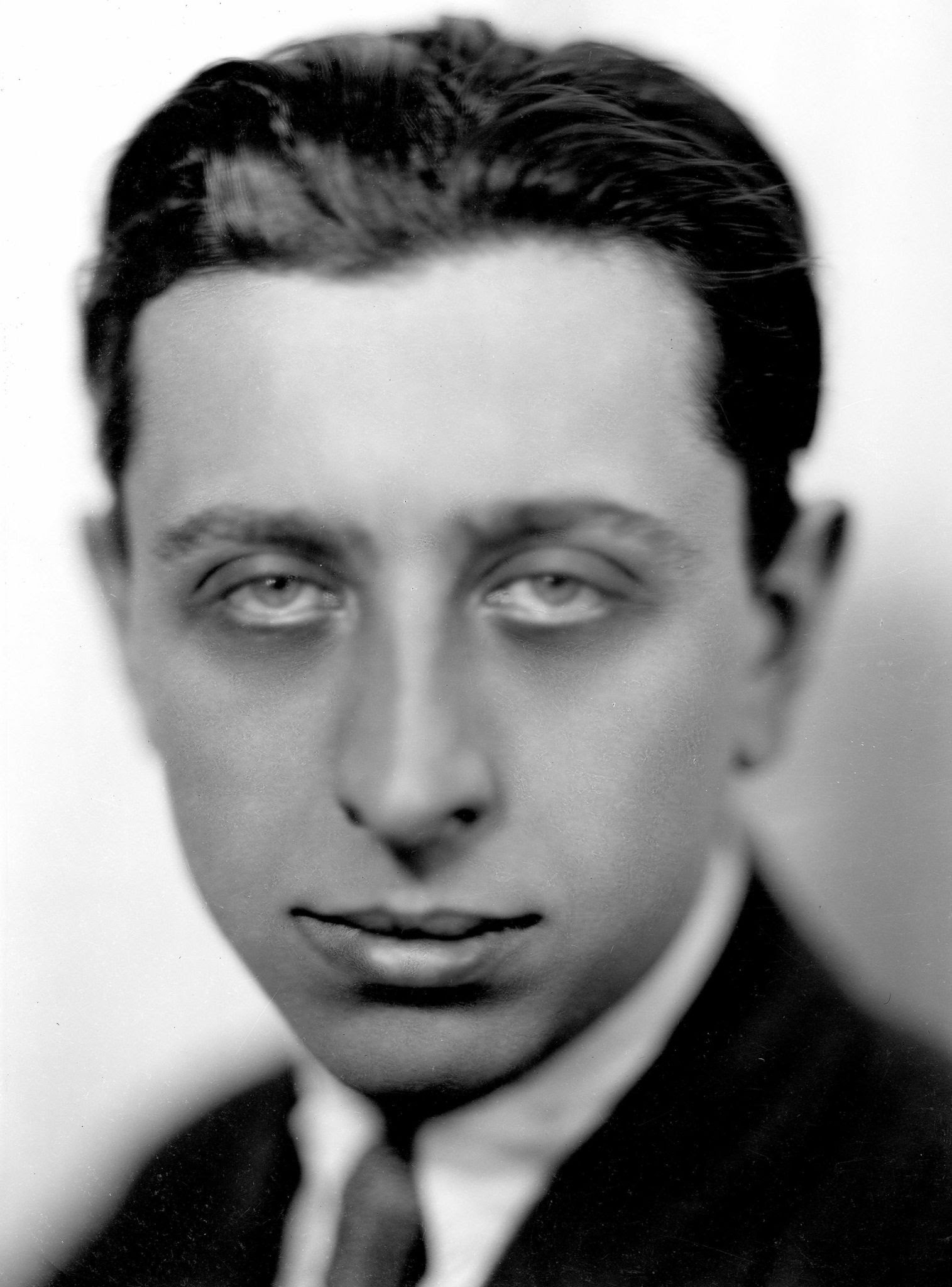
https://en.wikipedia.org/wiki/Robert_Desnos
“The first poems by Desnos to appear in print were published in 1917 in La Tribune des Jeunes (Platform for Youth) and in 1919 in the avant-garde review Le Trait d’union (Hyphen), and also the same year in the Dadaist magazine Littérature. In 1922 he published his first book, a collection of surrealistic aphorisms, with the title Rrose Sélavy (based upon the name (pseudonym) of the popular French artist Marcel Duchamp).
In 1919 he met the poet Benjamin Péret, who introduced him to the Paris Dada group and André Breton, with whom he soon became friends. While working as a literary columnist for Paris-Soir, Desnos was an active member of the Surrealist group and developed a particular talent for automatic writing. He, together with writers such as Louis Aragon and Paul Éluard, would form the literary vanguard of surrealism. André Breton included two photographs of Desnos sleeping in his surrealist novel Nadja.[2] Although he was praised by Breton in his 1924 Manifeste du Surréalisme for being the movement’s “prophet”, Desnos disagreed with Surrealism’s involvement in communist politics, which caused a rift between him and Breton. Desnos continued work as a columnist.
❋
Louis Aragon

